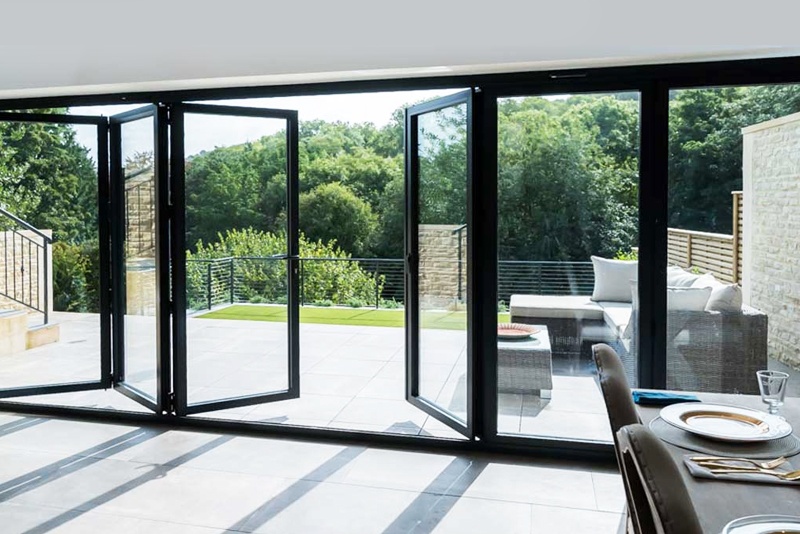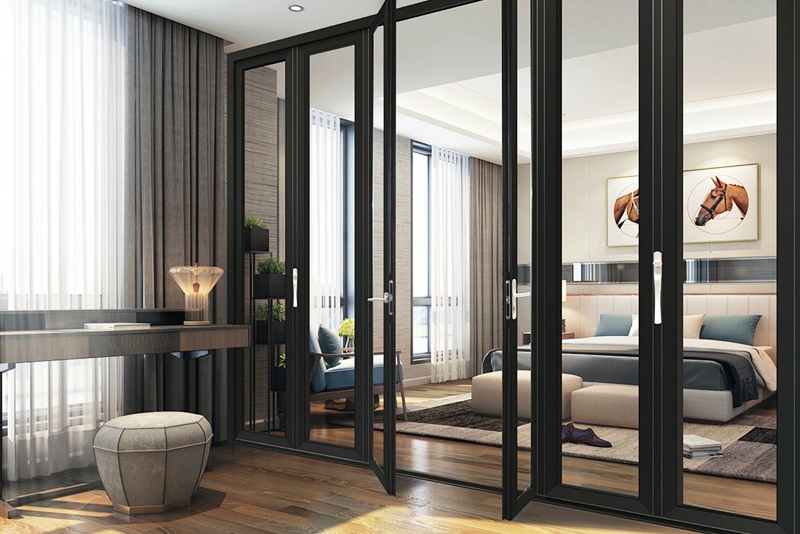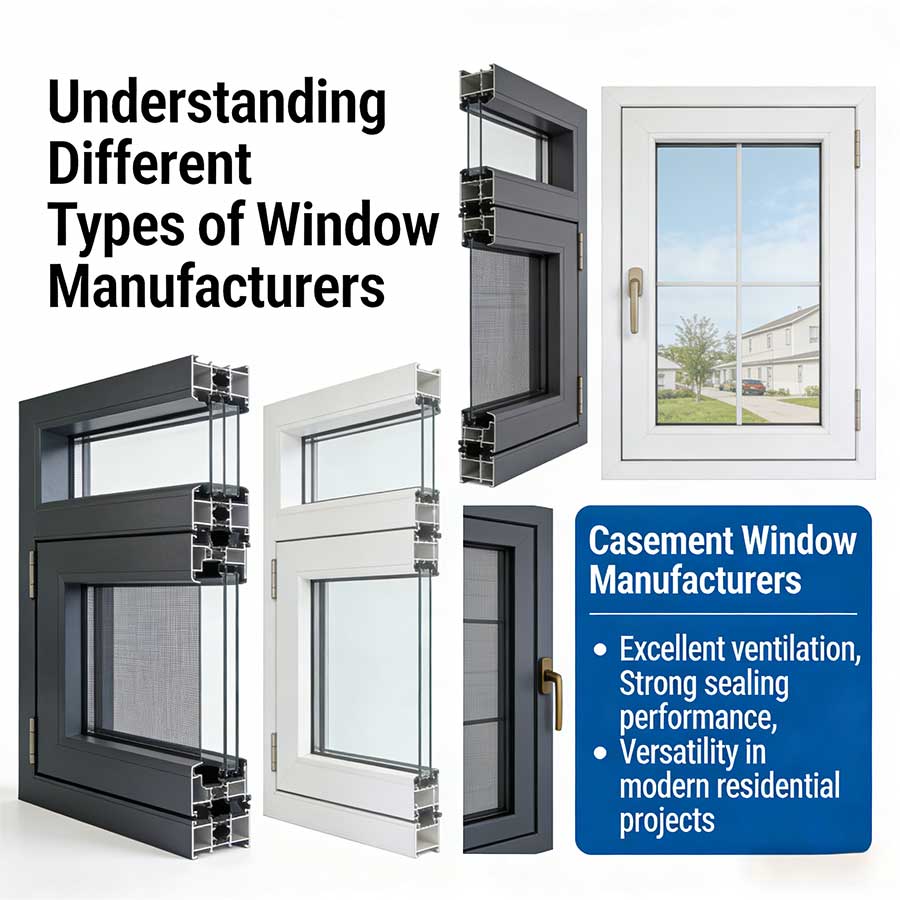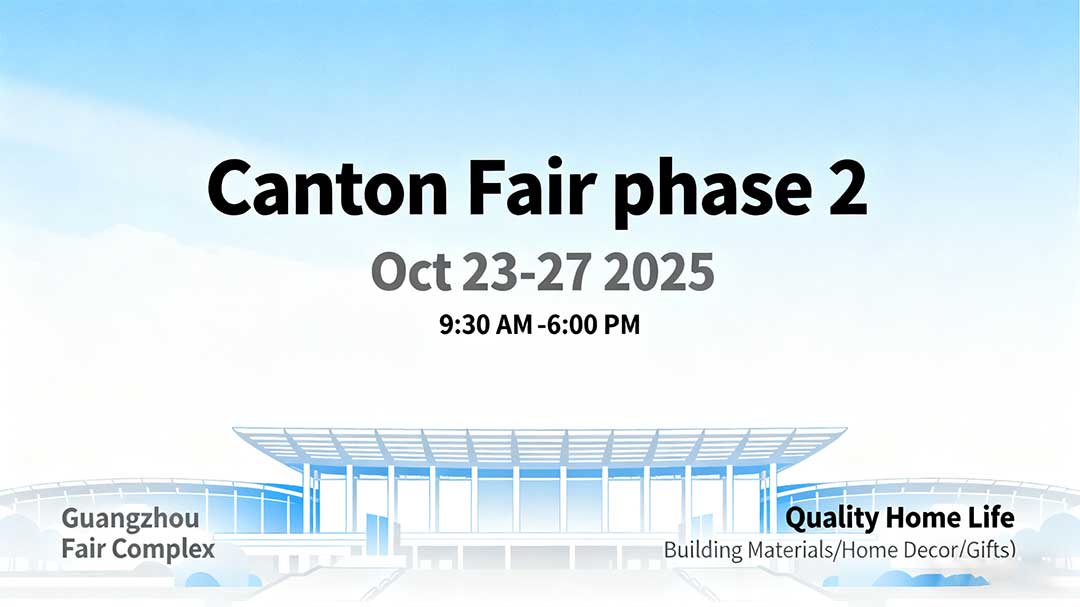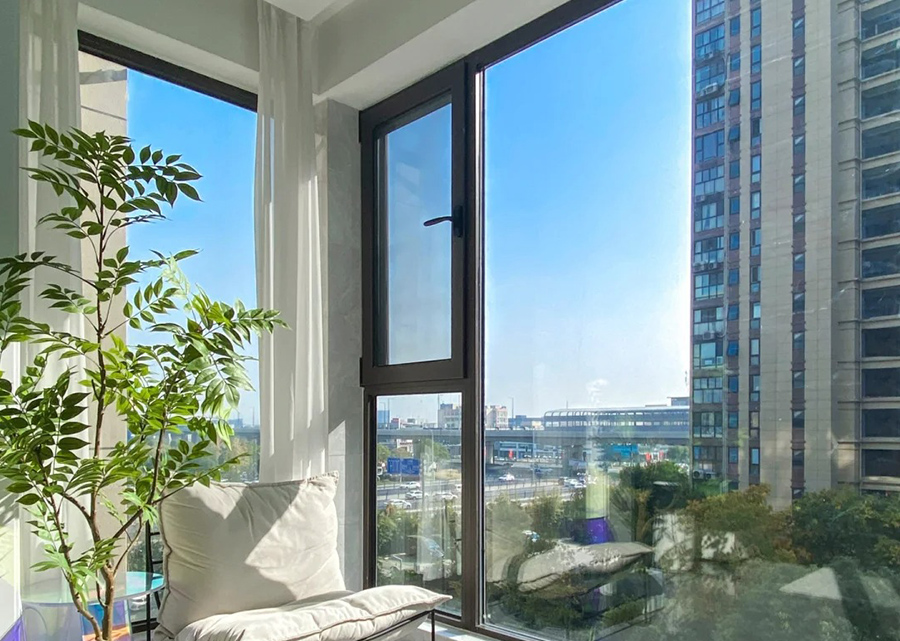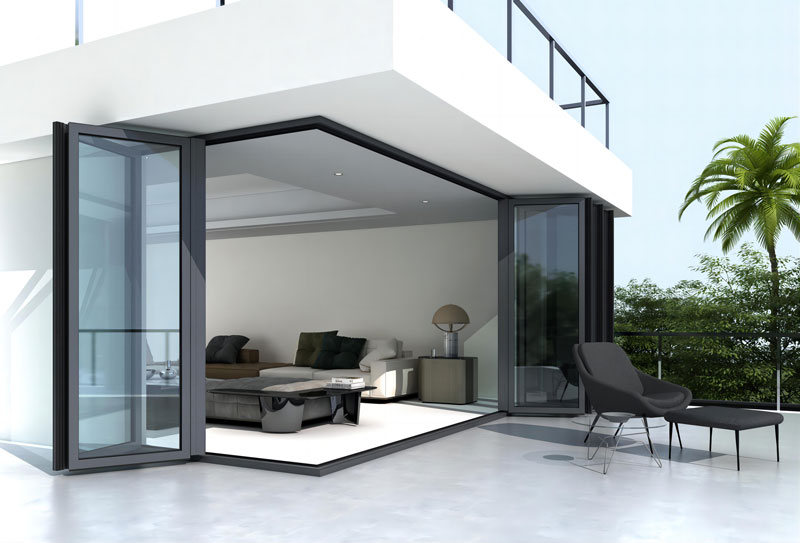Explore the Sound Insulation Secrets of Casement Windows and Enjoy a Low-Decibel Life
Introduction
If you crave a quieter home environment, understanding “what is a casement window” and its noise-reducing design principles is crucial. This outward-opening window style, secured by hinges, not only provides superior ventilation but also effectively blocks urban noise through precision engineering. This article unveils the acoustic science behind casement windows, compares different designs, and explains why homeowners in noise-affected areas prefer them. We’ll also explore how brands like KANOD set industry benchmarks for sound insulation through technological innovation.
Definition and Structure of Casement Windows
A casement window features a sash (the operable panel) connected to the frame via a single-side hinge and fully opened using a crank handle. This design creates an airtight acoustic barrier when closed, with the sash compressing weatherstripping to form a physical noise-blocking shield.
Technological Evolution of Casement Windows
Early casement windows used single-pane glass and basic seals. Modern variants, however, incorporate multi-chamber frames and inert gas-filled glazing, evolving into high-performance acoustic solutions. For instance, KANOD’s dual-casement series achieves 42 dB noise reduction—equivalent to mitigating 75% of traffic noise.
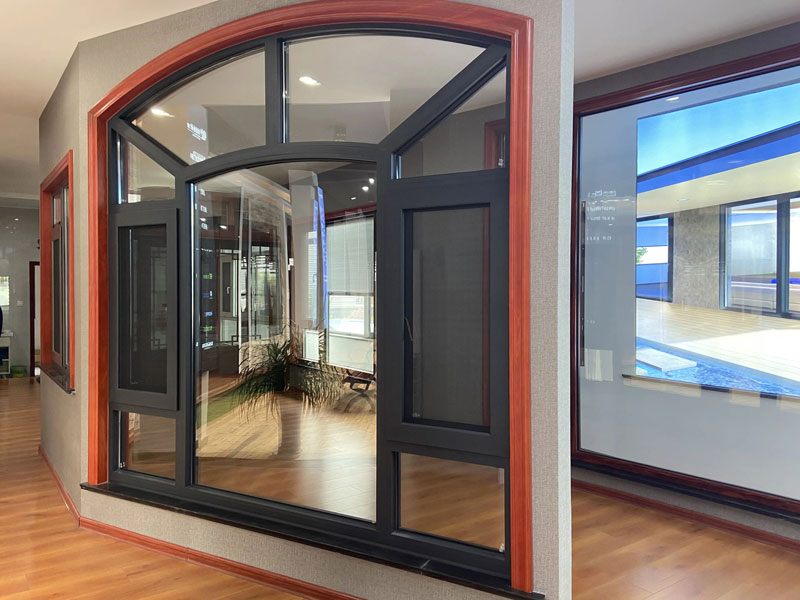
double casement windows
Three Core Acoustic Components
The exceptional sound insulation of casement windows stems from these innovations:
1. Pneumatic Sealing Systems
Compression Seals: Unlike sliding windows with gaps, casement windows utilize rubber/silicone gaskets for zero-gap contact when locked.
Multi-Point Locks: Evenly distributed lock points prevent frame deformation, ensuring long-term sealing.
2. Advanced Glazing Technologies
Laminated Glass: A PVB interlayer between panes absorbs low-frequency noise (e.g., traffic, construction).
Triple-Glazed IGUs: Argon/krypton-filled triple-pane units disrupt sound waves.
3. Reinforced Framing
Fiberglass-Reinforced Frames: 8x more resistant to thermal deformation than PVC.
Multi-Chamber Profiles: Internal cavities absorb and dissipate acoustic energy.
Casement Window Selection Guide for Different Environments
Choose the right configuration based on your noise challenges:
1. Urban Residential Model
Specs: Triple-pane glass, laminated outer layer, reinforced frame
Use Case: Street-facing homes, schools, hospitals
2. Coastal/High-Wind Model
Specs: Impact-resistant glass, reinforced hardware
Use Case: Typhoon-prone areas, airport proximity
3. Architectural Custom Model
Specs: Ultra-slim frames, decorative grilles, thermal breaks
Use Case: Villas, heritage renovations
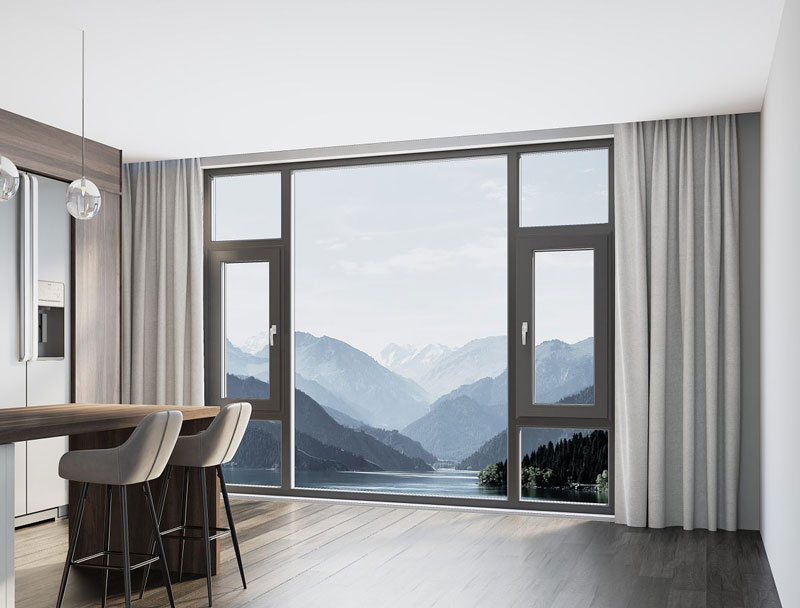
double casement windows
Casement Windows vs. Competitors: Acoustic Performance Comparison
1. Casement vs. Sliding Windows
Airtightness: Sliding windows have 3x more leakage. Casement windows excel in mid-frequency (1000–3000Hz) noise reduction.
Energy Efficiency: Casement seals reduce heat loss by 40%, lowering HVAC-related noise.
2. Casement vs. Awning Windows
Ventilation Control: Awning windows suit rainy conditions, but casement windows offer superior full-open design.
Sealing: Both perform similarly, though casement windows’ wider seals provide marginal advantages.
Professional Installation & Maintenance Guidelines
1. Sealing Best Practices
Use acoustic sealant (not generic caulk)
Fill frame-to-wall gaps with expanding foam
2. Glazing Optimization
Maintain 12–16mm IGU spacing
Avoid mixing glass thicknesses
3. Certified Installation
KANOD-certified technicians follow 27-step protocols, including laser alignment
Long-Term Maintenance Recommendations
1. Hardware Care
Clean and lubricate annually with silicone-based spray
Avoid oil-based lubricants
2. Seal Replacement
Replace EPDM gaskets every 10–15 years
Address cracks immediately
3. Glass Inspections
Replace fogged IGUs promptly
Regularly check seal integrity
KANOD—Pioneering Acoustic Innovation
As a premium fenestration brand, KANOD leads with proprietary technologies:
1. Adaptive Sealing System
Dynamically adjusts sealing pressure to compensate for material expansion/contraction
2. Composite Damping Frames
Multi-layer construction absorbs vibrational energy
3. 10-Year Warranty
Covers both acoustic performance and material integrity
Conclusion: Crafting Your Sanctuary
Casement windows harmonize aesthetics, ventilation, and noise control. By selecting the optimal configuration and partnering with experts like KANOD, you’ll achieve:
40+ dB noise reduction
50% energy savings
20+ years of reliable performance
Invest in quality, prioritize professional installation, and embrace tranquility.



